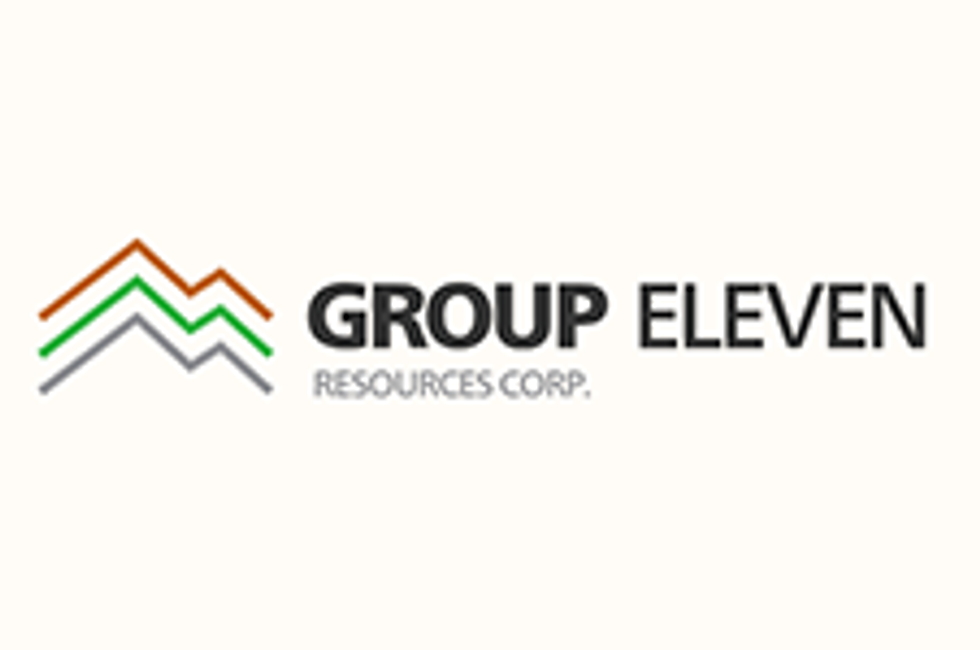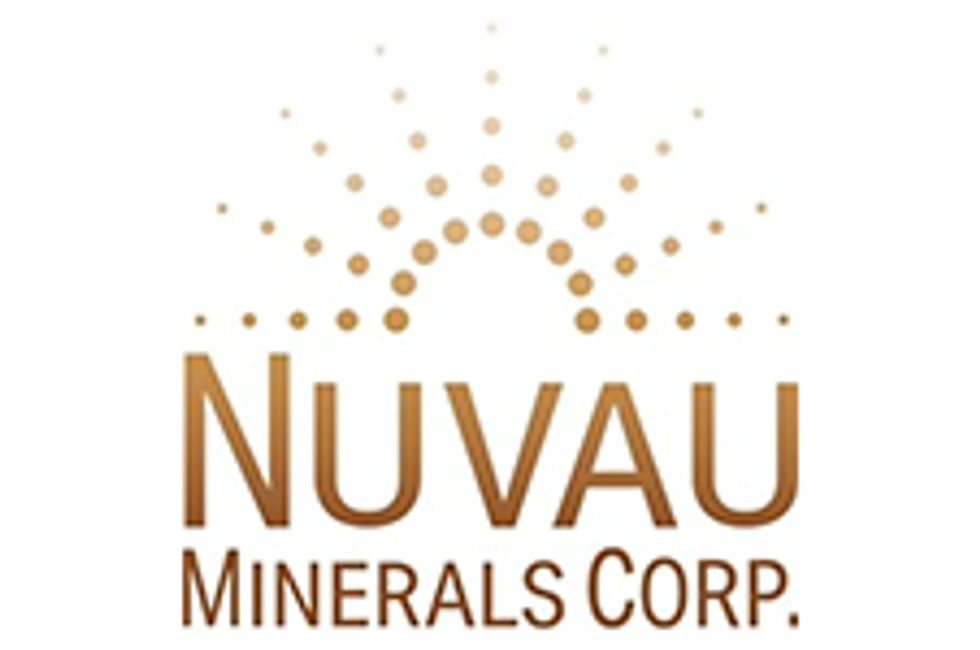
The untapped mineral wealth of the Northwest Territories makes it an incredibly valuable target for mining exploration and discovery.
Bordering the Arctic, the Northwest Territories is the third largest Canadian territory yet it is also one of the most sparsely-populated. With vast stretches of undeveloped wilderness and a bone-chillingly cold climate, it's one of the least hospitable regions in the country for human habitation. At the same time, it's home to some of Canada's most beautiful and unique sights, from the stunning Northern Lights to the smoldering hills of Franklin Bay.
Beyond these characteristics, the Northwest Territories is best known for its diamond mines, and since the beginning of production in the late 90s, it has established Canada as the third-largest global producer of the luxury gem.
The mineral wealth of the Northwest Territories goes beyond diamonds.
Vast and underexplored, the region has incredible mining potential, with discoveries that include gold, lead, copper, silver, tungsten and iron ore. It is also home to at least 22 of the Canadian government's 31 critical minerals. Finally, the Northwest Territories contains at least 15 zinc-lead deposits.
Together with government mining initiatives, the untapped mineral wealth of the Northwest Territories makes it an incredibly valuable target for mining exploration, discovery and investment — provided one first understands the region itself.
Vast mining history
Long before Europeans ever set foot in the region, the Indigenous inhabitants of the Northwest Territories mined copper along the Arctic coast, particularly in and around the Kogloktok River (known by colonists as the Coppermine River). They used the base metal in everything from tools to trade goods to weaponry. Multiple individuals and organizations have tried to locate these ancient copper deposits over the years to no avail.
That aside, the region has gone largely unnoticed for much of Canada's history. Even the Klondike Gold Rush in the late 1800s did little to ignite the interest of mining companies and investors. It wasn't until the Geological Survey of Canada mapped the Great Slave Lake and Great Bear Lake in 1900 that the region's mining industry truly began to take hold.
When Gilbert LaBine discovered radium and silver at Great Bear Lake in 1930, the Northwest Territories finally experienced its first mineral rush, leading to the development of the territory's first producing mines. By 1936, a booming gold market saw several hundred claims staked around Yellowknife Bay. The following three years saw two major gold mines go into production along with several smaller mines.
Mining activity saw an even greater surge after World War 2, as the federal government invested significant capital into modernizing communities and infrastructure in the territory.
One major development during this period involved the city of Yellowknife. Initially, a small community, the Giant Mine and Discovery Mine together contributed to the birth of what would eventually become the provincial capital. Exploration in the 1950s and 1960s continued to reveal more of the region's mineral wealth.
Pine Point was arguably the most significant of these, a major zinc-lead deposit which was single-handedly responsible for the development of a railroad to Great Slave Lake, where a mine operated from 1965 to 1988, producing some of the historically cleanest sphalerite and galena concentrates. Osisko Metals (CVE:OM) acquired the mine in 2017 for redevelopment.
Other significant projects during this timeframe included silver production in the Great Bear Lake region, tungsten production at Cantung Mine and zinc-lead production from the Polaris and Nanisivik Mines. With the 1970s came renewed focus on environmental regulations, stricter land claim legislation and an emphasis on cooperation with Indigenous peoples in the region. For the next twenty years, the mining sector in the region was relatively quiet — not failing by any means, but also not experiencing any major growth.
Then in 1991, Chuck Fipke discovered diamonds around Lac de Gras, kicking off a massive diamond rush which saw multiple prospectors and mining companies stake large tracts of land throughout the territory. The two largest mines that emerged from this rush, Ekati and Diavik, remain operational to this day. Development has continued at a healthy pace ever since, in spite of the myriad challenges posed by the region.
Mining infrastructure
The Northwest Territories is home to three diamond mines — Ekati, Diavik and Gahcho Kué.
Owned and operated by the Arctic Canadian Diamond Company alongside mining entrepreneur Stewart Blusson, Ekati is Canada's first surface and underground mine. It's renowned for producing incredibly high-quality diamonds, including a 186-carat stone recovered and sold in 2016. To date, the mine has cumulatively produced over 67.8 million carats and is expected to continue producing until 2028.
The Diavik diamond mine, owned and operated by Rio Tinto (ASX:RIO), consists of four diamond-bearing pipes mined through a combination of open-pit and underground techniques. What's most notable about Diavik is that through a combination of engineering innovation and partnership with Indigenous people, the mine operates with minimal impact on local land, water, and wildlife. Rio Tinto even has a plan for the mine's eventual closure: removing the buildings and infrastructure without a trace, reclaiming the embankments and allowing water to flow back into the open pit.
Beginning production in 2016, Gahcho Kué is one of the largest diamond mines of the 21st century. Located at a remote mine site just south of the Arctic Circle, the mine is accessible only by air for most of the year and uses an ice road to resupply during winter. A joint venture between De Beers Group and Mountain Province Diamonds (TSE:MPVD), the mine has received numerous awards recognizing its innovation and sustainability.
How the government galvanizes mining and exploration
Having been identified by the National Aboriginal Economic Development Board as a critical sector for Canada's northern territories, mining in the Northwest Territories now enjoys a healthy level of government support. Over the past several years, the public and private sectors have collaborated in the creation of multiple incentives and programs. Collectively, these are intended to encourage the development of socially and environmentally responsible operations in the territory.
The Northwest Territories Mining Incentive Program is intended to reduce the risk of grassroots mineral exploration. Managed and facilitated by the Northwest Territories Geological Survey, the program is part of a larger initiative to develop the territory's mining industry. Prospectors can apply for up to $25,000 in funding, while mineral exploration companies can apply for up to $240,000.
The government of the Northwest Territories also maintains a work credit program which awards up to 125 percent in work credits for eligible exploration carried out during a calendar year. Eligible work must be reported to and approved by the Mining Recorder. Through the program, exploration companies and prospectors — particularly those impacted by COVID-19 — will be able to more easily meet their work requirements and remain operational.
The territorial government has also issued a framework for socio-economic agreements between mining companies and residents of the territory. These agreements provide priority opportunities to local communities while also ensuring that mining companies keep the best interests of those communities at heart. They also outline how the territorial government will assist the company in exploration and development.
Potential hub for zinc production
The unique geography and diverse mineralogy of the Northwest Territories make it incredibly promising for exploration and discovery, particularly for zinc. Mining companies and investors are aware of this — there are currently multiple zinc exploration projects at various stages of completion throughout the region.
Owned by NorZinc Limited (TSE:NZC), the Prairie Creek Mine contains an estimated 6.4 million tons of total inferred resources. Situated in traditional Dene territory on the site of a failed silver mine, Prairie Creek is expected to produce approximately 261 million pounds of zinc per year. Since 1991, the company has completed over 78,000 meters of surface diamond drilling and underground exploration.
As mentioned earlier, the Pine Point Mine is operated by Osisko Metals through Pine Point Mining Limited, a wholly-owned subsidiary. Situated on the southern shore of Great Slave Lake, the project's resources consist primarily of carbonate-hosted zinc-lead. A 2022 preliminary economic assessment update showed that, in spite of cost escalations, the mine remains promising from an investment standpoint.
Situated in the world-renowned Howard's Pass zinc-lead district on the border between the NWT and the Yukon, Selwyn Chihong Mining's Selwyn Project represents one of the largest undeveloped zinc-lead deposits in the world. Construction was slated to begin this year. However, though the company is still listed as active, there has been little news on the mine's status.
Spanning 7,300 hectares, Slave Lake Zinc's (CNSX:SLZ) O'Connor Lake project, which was initially discovered in 1948, hosts not only zinc and lead deposits, but also gold, silver and copper, all within a mineralized structural corridor. The project is ideally-situated, located just 148 kilometers east of Pine Point and just 60 kilometers south of the Taltson hydropower plant. Historical data further suggests that the project is highly prospective for multiple critical minerals.
Other companies with claims to Zinc deposits in the region include SSR Mining (TSE:SSRM), Panarc Resources, Silver Bear Mines, Teck Resources (TSE:TECK.B) and Blind Creek Resources (CVE:BAG).
Takeaway
Mining in the Northwest Territories may have had a slow start compared to other regions in Canada. However, with the development of advanced discovery, exploration and mining techniques, the region has begun to show great promise from an investment perspective. Its rich mineralization and diverse geography more than make up for its challenges.
This INNSpired article was written as part of an advertising campaign for a company that is no longer a client of INN. This INNSpired article provides information which was sourced by INN, written according to INN's editorial standards, in order to help investors learn more about the company. The company’s campaign fees paid for INN to create and update this INNSpired article. INN does not provide investment advice and the information on this profile should not be considered a recommendation to buy or sell any security. INN does not endorse or recommend the business, products, services or securities of any company profiled. If your company would benefit from being associated with INN's trusted news and education for investors, please contact us.

